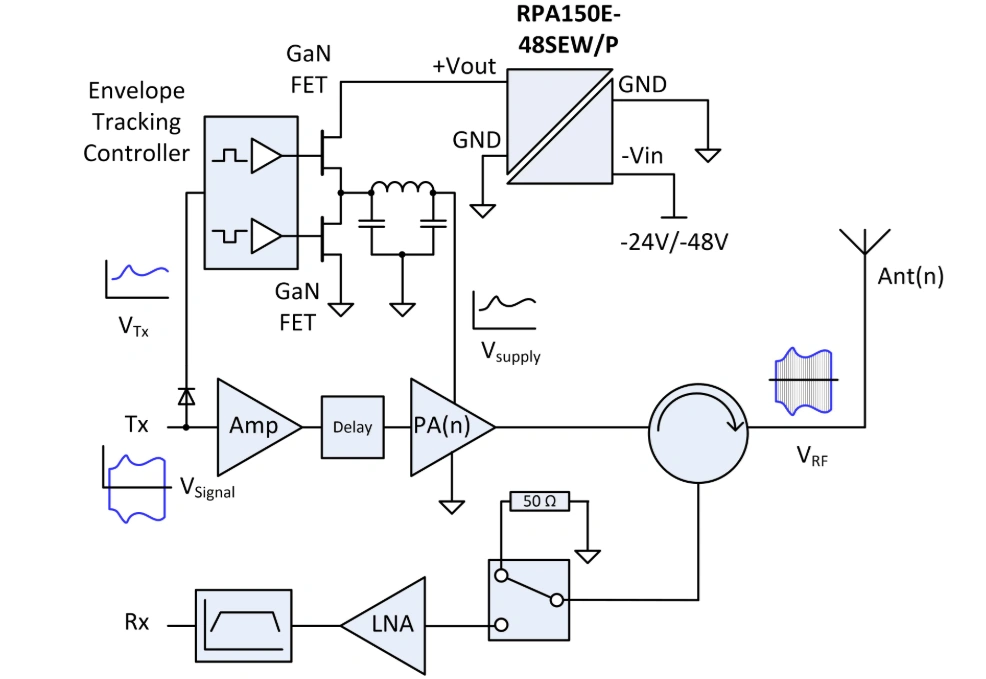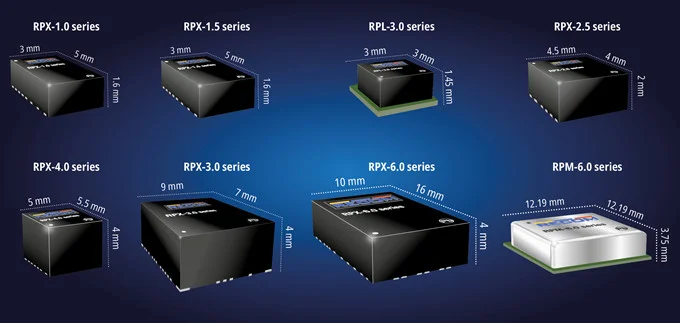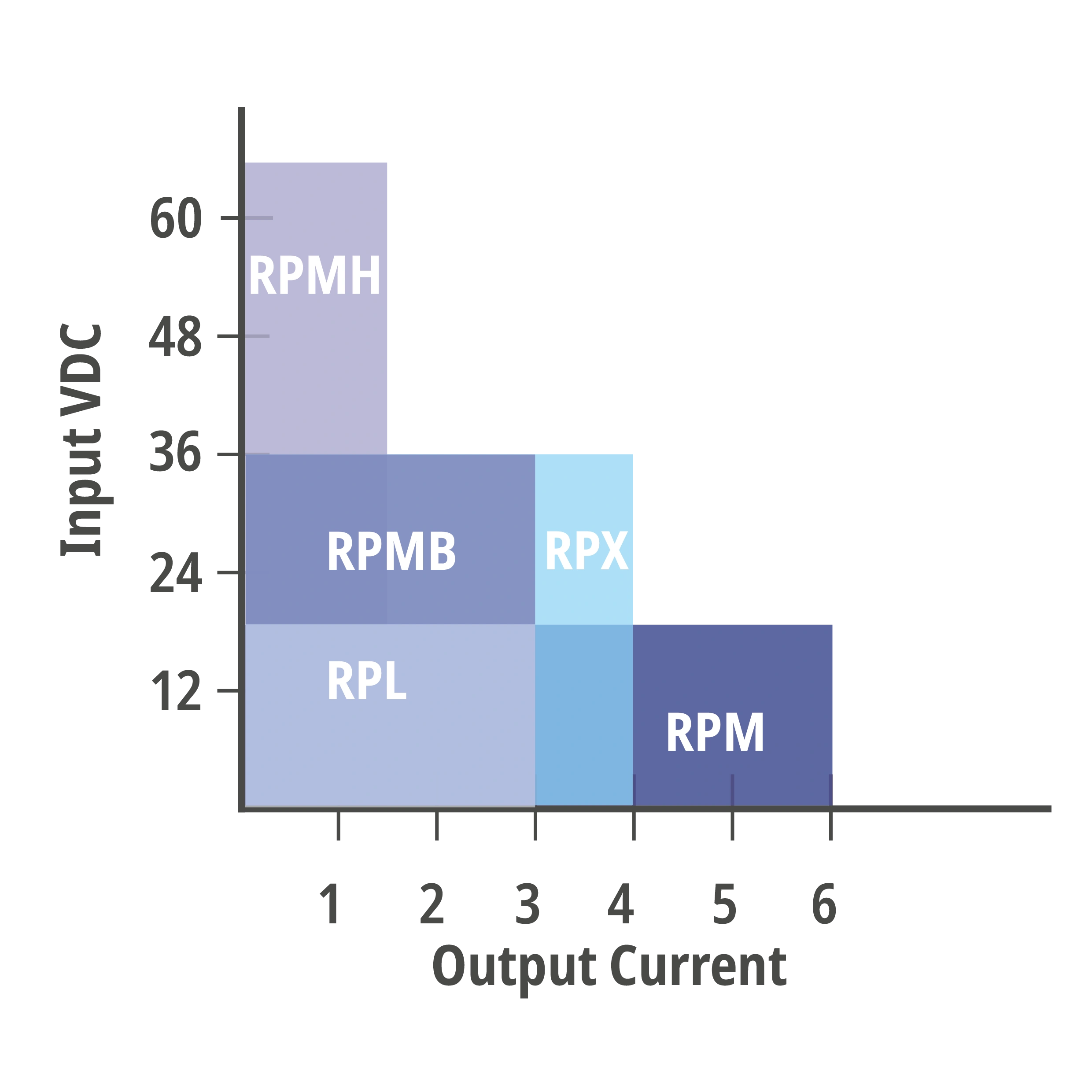The number of 5G base stations and energy consumption are increasing exponentially, making efficient power supply very important. This article will discuss this topic and propose some solutions on how power modules can provide high power density and reliable performance for base stations.
According to data provided by the Global Association for Mobile Communication Systems (GSMA), 5G is currently being smoothly promoted and is expected to cover one-third of the global population by 2025. In addition, according to a survey by Statista, a leading global comprehensive database, major mobile phone manufacturers have launched 5G phones, which will satisfy those who hope to transmit data streams and videos at theoretical maximum speeds of up to 50Gb/s. It is expected that global 5G subscriptions will reach 1.3 billion by 2023. However, 5G is not only a faster smartphone, but also a basic technology for artificial intelligence, cloud computing, autonomous vehicle, the Internet of Things (IoT), smart cities and industries, and more applications that may not have been thought of yet. From this, it can be seen that there will be significant investment in new 5G infrastructure, and network operators will seek the fastest return. Statista estimates that the communication services sector alone will cost $1.4 trillion in 2021.
5G may ultimately use frequency bands above 70GHz
The 5G infrastructure is not just an upgrade to 4G. In essence, the Peak Performance of 5G uses higher frequencies but has smaller coverage, so more cells are needed. There are three frequency bands: low, medium, and high, with most using the 2.5-3.7GHz intermediate frequency band and speeds up to 900Mb/s. The low-frequency band uses frequencies, ranges, and coverage similar to 4G, so it provides almost no additional advantages, but can be used in low traffic areas to quickly achieve basic but wide coverage. The high-frequency band operates above 70GHz, providing the fastest data rate but with limited coverage, possibly only 1.5 kilometers, making it the preferred choice for public places such as gyms, shopping malls, and conference centers. The traffic in these places may be high, but the base stations may be small and distributed within restricted areas, using "beamforming" technology to provide good coverage.
As a result, cellular cells are divided into metro, micro, pico and pico types. The power output and range are getting smaller and smaller, from multiple input multiple output (MIMO) metro cells transmitting more than 100W to pico cells operating at milliwatts. The term 'small honeycomb' encompasses three smallest categories. With the increase in throughput and the number of base stations, energy consumption is bound to increase, and some reports predict that it will be twice as high as 4G. Due to the fact that energy is the main cost for network operators (accounting for 5% to 6% of 4G according to MTN consulting), improving the efficiency of devices in base station electronic devices is an urgent problem to be solved.
The efficiency of RF power amplifiers is not high
The area with particularly low efficiency in base stations is the RF power amplifier (Figure 1). Previously, RF power amplifiers used LDMOS to provide kilowatt level energy in several GHz RF frequency bands. However, in order to achieve higher efficiency at high frequencies of 5G, more and more people choose to use gallium nitride (GaN) suitable for installation in low-power/large capacity small cells. LDMOS is usually powered by 26-32V DC, while GaN is 50-60V. The efficiency of RF power amplifiers is still not high, with a maximum of only 60%. Therefore, extracting usable energy from the energy stored in battery systems (such as 48V) is precious.
The RPA150E series is a DC/DC converter suitable for 5G power amplifiers. The power supply has electrical isolation, so the input voltage receives a telecommunications power supply of -48VDC or -24VDC, and the output terminal phase is positive to the ground terminal (Figure 1). The RPA50E can continuously provide peak power of 150W and up to 200W to power the output RF power amplifier, and the nominal output voltage can be adjusted by ± 20% to provide the optimal power supply voltage for maximum efficiency. The size of 1/8 brick occupies very little space compared to the rated power, and using substrate cooling can eliminate the need for derating at high temperatures.
An important feature of DC/DC converters in 5G applications is their low static power consumption and the ability to set low power off modes. 4G continuously transmits system information and synchronization/reference signals even without user traffic, while 5G defines "Advanced Sleep Modes" (ASMs) to achieve minimal average power consumption. Saving power has the disadvantage of delay, but it can save about 50%, making it highly attractive. Therefore, it is very important for the system's DC/DC converter to be equipped with a low-power shutdown function. The RPA150E is also very suitable for use with battery powered power supplies, with a conversion efficiency of>91% and a standby power consumption of only 3mA.
Envelope tracking is increasingly used to change the power supply voltage of RF power amplifiers to match the amplitude of modulated signals to improve system efficiency, but this must reach a frequency of MHz, so the dynamic output voltage regulation function of any DC/DC converter is not fast enough. Using the external envelope tracking circuit of GaN transistors for high-speed dynamic tracking, it is easy to pulse the drain current to the RF amplifier (Figure 1)

Both digital and analog electronic devices in the base station require power supply
The electronic devices inside the base station include low noise analog signals and digital processing, commonly including CPU, FPGA, SoC devices, ADC, DAC, etc. These devices require a power supply voltage range of+5V for DACs, less than 1V for processors or FPGAs, and also use non isolated load point converters (PoLs) or "power modules" to provide accurate low noise voltage at appropriate loads. The input voltage of PoL can come from a 48V power system or a more common 12V regulated intermediate bus.
The isolated DC/DC converters and power modules in 5G base stations typically operate in harsh environments, such as extreme temperatures, transients caused by lightning strikes, and other equipment, as well as the risk of high frequency fields. Not only should the casing be small, but the price should also be low enough. Reliability is crucial because to avoid unnecessary maintenance costs, electrical efficiency must be high enough to maintain low energy costs and minimize the heating burden on other devices.
RECOM's product portfolio also offers non isolated power modules, which include the use of the company's "3D power packaging ®」 Ultra compact and efficient power supply with technology.
The RECOM RPX-1.0 and RPX-1.5 series are packaged in thin QFN, with a minimal packaging area of only 3 x 5mm. The power supply adopts flip chip technology to achieve extremely high power density, with a rated output of 1A or 1.5A, adjustable in the range of 0.8-30V, and an input voltage range of 4-36V. The packaging area of RPX-2.5 is only slightly larger (4 x 4.5mm), providing a 2.5A output current. If the power supply height is not limited, RPX-4.0 can provide up to 4A output current, with a packaging size of 5 x 5.5 x 4 1mm。 These converters are equipped with integrated inductors and have comprehensive protection functions (UVLO, SCP, OCP, OTP). Simply install output voltage setting resistors and input and output capacitors to form a complete power supply.

The RPM series can be selected at an output current of up to 6A, with an input voltage range of 4-15V and an adjustable output range of 0.9-6V. The efficiency reaches its peak at 99%, so the power supply can reliably operate at ambient temperatures up to 90 ° C without the need for forced air cooling.
If the circuit board space is limited, the RPL-3.0 series is the ideal choice. The input voltage range of this series is 4-18 VDC, and the output voltage can be adjusted between 0.8 VDC and 5.2 VDC. The maximum continuous output current is 3A, which is excellent for converters with a size of only 3 x 3 x 1.45mm.
All the power supplies mentioned above have comprehensive protection and monitoring functions, including the ability to save energy through shutdown control during 5G base station sleep. Figure 3 shows the power ranges of different series.

5G is expected to significantly improve communication performance and develop exciting new applications. However, in order to ensure the feasibility of 5G and reduce its impact on the environment, system designers also realize the need to minimize energy consumption. The use of reliable power converters with high efficiency and power density, while also suitable for harsh environments, is key to achieving this goal. RECOM can provide various suitable converters for different applications.

